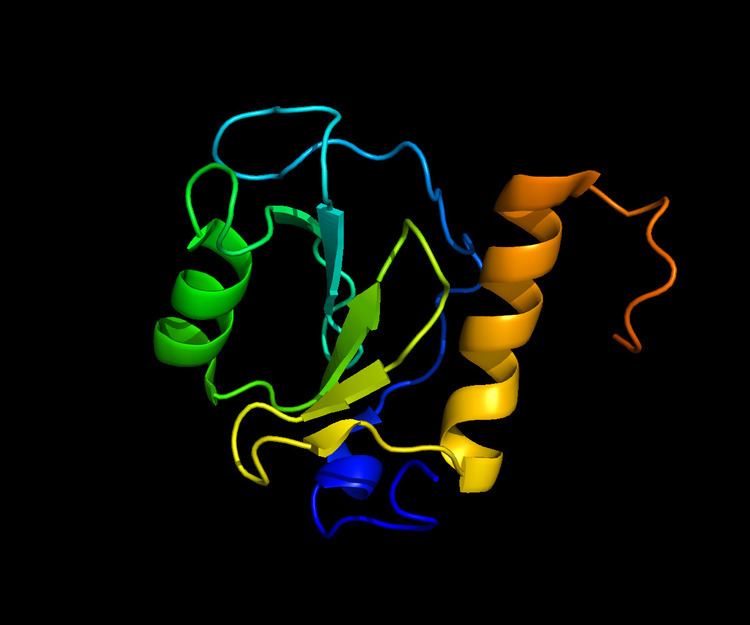Entrez 10013 | Ensembl ENSG00000094631 | |
 | ||
Aliases HDAC6, CPBHM, HD6, PPP1R90, JM21, histone deacetylase 6 External IDs MGI: 1333752 HomoloGene: 31353 GeneCards: HDAC6 | ||
Function
Histones play a critical role in transcriptional regulation, cell cycle progression, and developmental events. Histone acetylation/deacetylation alters chromatin structure and affects transcription. The protein encoded by this gene belongs to class II of the histone deacetylase/acuc/apha family. It contains an internal duplication of two catalytic domains that appear to function independently of each other. This protein possesses histone deacetylase activity and represses transcription.
Clinical relevance
Mutations in this gene have been associated to Alzheimer's disease.
Over expression of this protein correlates with tumorigenesis and cell survival, HDAC6 also encourages metastasis of cancer cells.
Functions
Retracts the Cilium of the cell, which is necessary prior to mitosis of the cell.
HDAC also encourages cell motility and catalyzes α-tubulin deacetylation. as a result the enzyme also encourages cancer cell metastasis.
HDAC6 also affects transcription and translation by regulating the heat-shock protein 90 (Hsp90) and stress granules (SGs), respectively.
HDAC6 is also known to bond with high affinity to ubiquitinated proteins. HDAC6 is also required in the formation of SG (Stress granule proteins and is instrumental in SG formation; pharmacological inhibition or genetic removal of HDAC6 abolished SG formation.
Interactions
HDAC6 has been shown to interact with HDAC11 and Zinc finger and BTB domain-containing protein 16.
HDAC6 interacts with SG (Stress granule) protein G3BP1.
